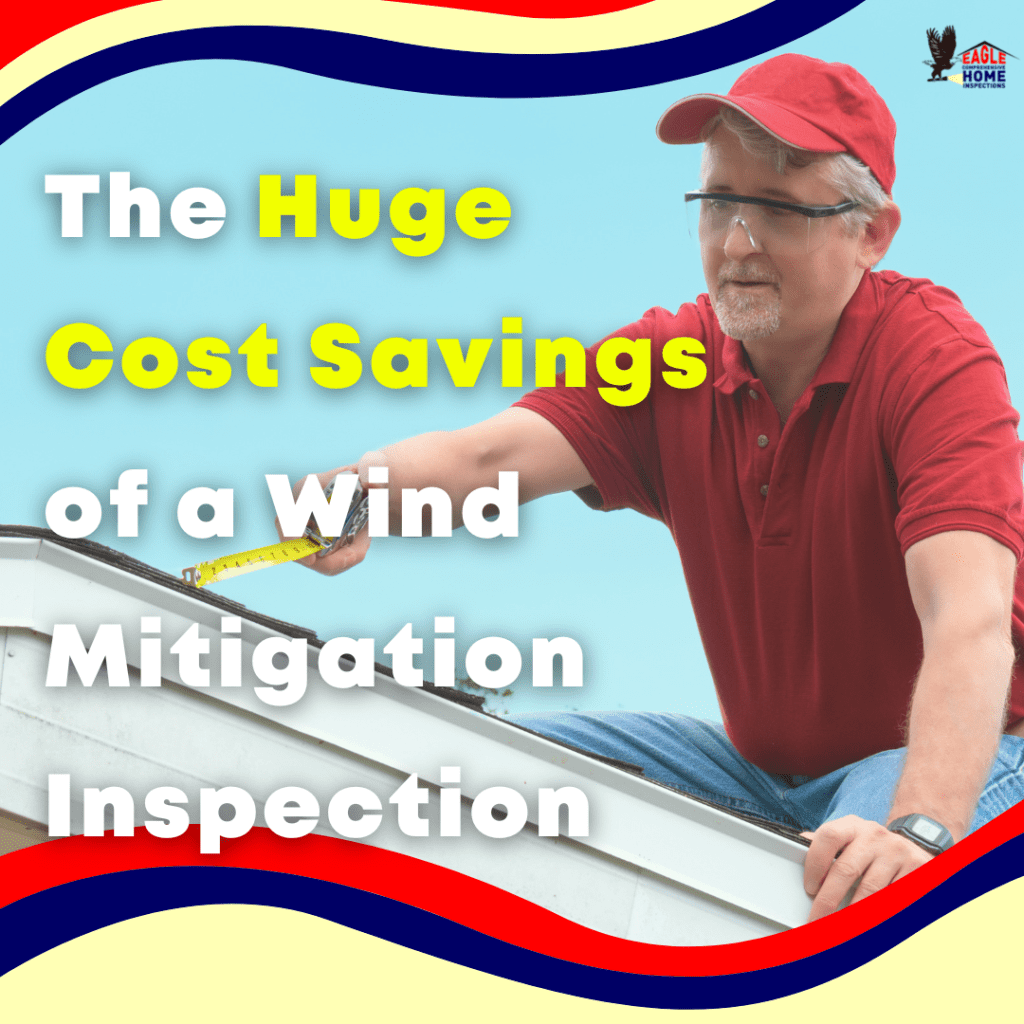If your home is older, it was probably built before the current building rules, which call for wind mitigation techniques to keep your home safe during severe storms like tornadoes and hurricanes. The good news is that most houses can be updated cost-effectively to make them safer and qualify for MASSIVE homeowner’s insurance reductions.
There’s a fair possibility that you haven’t upgraded as much as you might if your home is more than ten years old. However, there are always virtual ways to maximize your insurance savings, so it’s not even necessary to build brand-new homes to benefit from the greatest discounts. In the article, I’ll explain how to get the biggest discounts and which tasks you may complete on your own to start saving right now.
Remember, these are annual insurance bill discounts, so the sooner you make the modifications, the sooner you can begin saving. In the first year, most upgrades pay for themselves.
Defining Wind Mitigation
Hardening structures against the destructive impacts of high wind events and the damage they might cause is the practice of wind mitigation. It mostly entails reinforcing roof-to-wall connections and impact protection for openings to prevent catastrophic damage.
Your home can sustain severe damage from the tremendous winds that hurricanes and tornadoes are known for, and the roof and the openings are two places where they are especially vulnerable (windows and doors). Poorly linked roofs may simply blow off, causing the entire house to be destroyed.
Openings like windows and doors are extremely dangerous because, in the event of an impact, they may be broken or blown out, depressurising the home and increasing the possibility that the roof would be sucked off.
Defining Wind Mitigation Inspection
A certified inspector can perform a wind mitigation examination for you using a form called the Uniform Mitigation Verification Assessment Form based on an in-person inspection of several components of your home that we’ll examine below. Insurance companies then use that form’s information to determine the discount type you are eligible for. Because a wind mitigation inspection shields them from the risk of large claims that could force them out of business, insurers offer significant discounts.
You must either perform the upgrades yourself or hire a professional to do so, and then you must submit an updated wind mitigation inspection to qualify for the reductions. Home inspectors and general contractors are often qualified to carry out the inspection.
If you haven’t already, you should have a wind mitigation inspection. You can ask your insurance provider for a form that details the reductions you will receive for each update you make and will help you decide whether it is worthwhile.
The sooner you submit the wind mitigation report to the insurers, the sooner you can start saving, even if you are eligible for the reductions.

